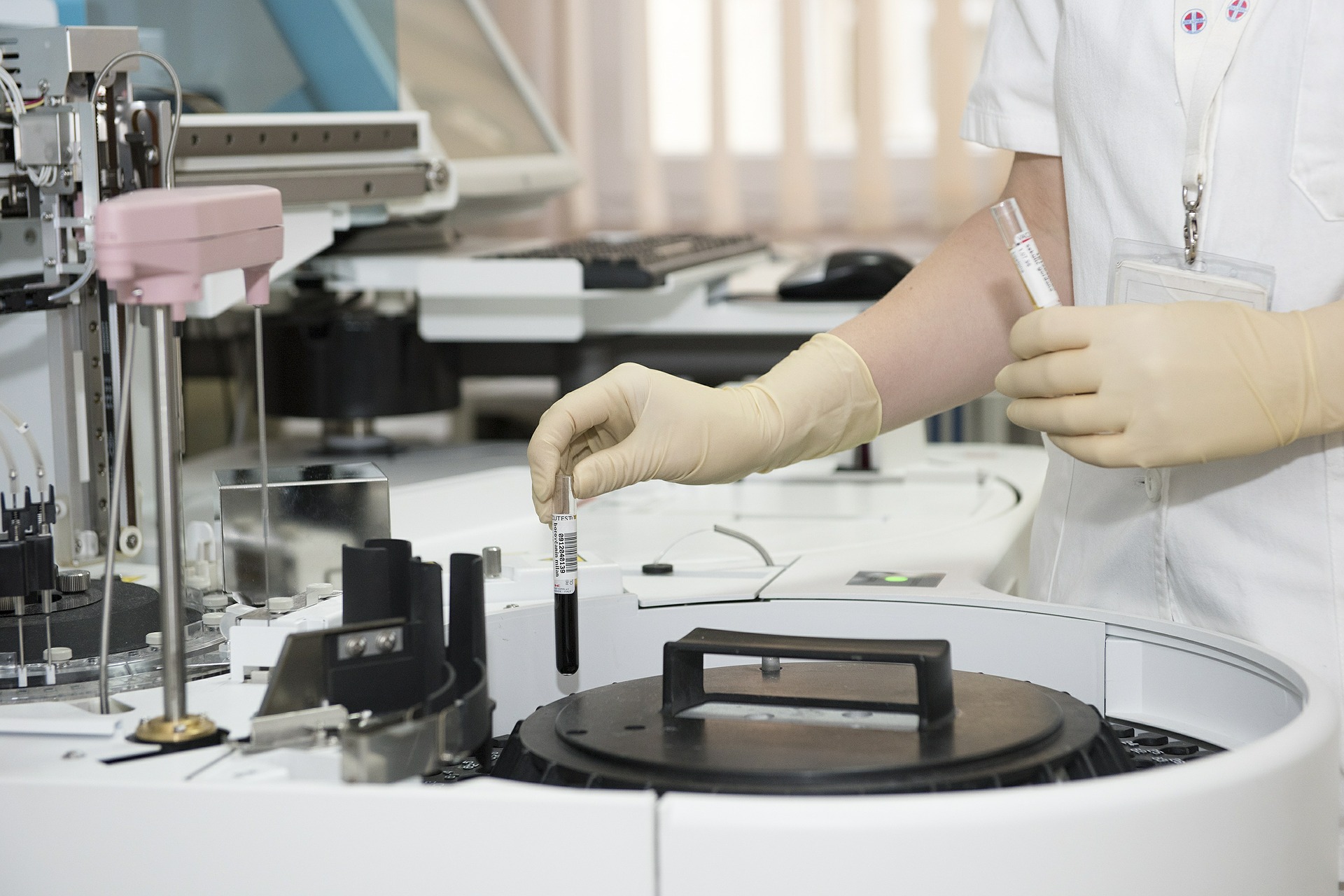
At a recent medical conference I had the pleasure to speak with the remarkable John Kang Liquidmetal supporter and one of the most professional and ethical surgical oncologists that I know. John Kang MC was in attendance to talk about his love of Liquidmetal and other technological advancements in the medical industry. John Kang tells me that he would like to see more money invested into R & D for technological advancements in medicine, but nonetheless he is still very excited at some of the ideas which are on the horizon. John was kind enough to talk to me about what excites him most.
Virtual Doctor
Many hospital waiting rooms are full of patients with minor injuries who don’t necessarily need hospital care and the result is that hospitals in general are under great pressure to meet waiting time targets. The idea of a virtual doctor would see a GP stationed in their surgery, attending patients with minor problems via video link. Through this practice a patient could contact the doctor from home, who could then tell them whether or not a hospital visit is required. Once this launches we can relieve a lot of pressure from the hospitals.
Nanobots
They may still be very much in the investigation stage but nanobots are potentially one of the most exciting advancements that the medical world has ever seen. These tiny, cell-sized microchips would be injected into the blood stream and they would be able to give realtime updates and information on a person’s state of health. We could use these nanobots to detect cancer and a whole range of other diseases. When these are signed off and we start to use them, we could see diagnosis become a far easier process for a huge number of diseases and ailments.
Implants
As someone who was once the chairman of Liquidmetal, John Kang MC is obviously very excited about the world of implants and believes that they could be the future of personal medicine. An implant could be placed in the body for example which could then measure a huge number of functions within the body. Better still we could have implants put in that are managed via a smartphone or other device, so that people would be able to see their own levels. This could mean a diabetic can react before an attack, a heart patient could see in real time their heart rate and their heart function and people could even treat a common cold sooner when they realize that they have a shortage of white blood cells. The limits are endless with implant technology and one day we could easily be able to monitor a patient from the other side of the world, simply through logging on to a device.
Now whilst these three advancements may be some way off actually being put into practice, you can see just how exciting the future can be in the medical world.